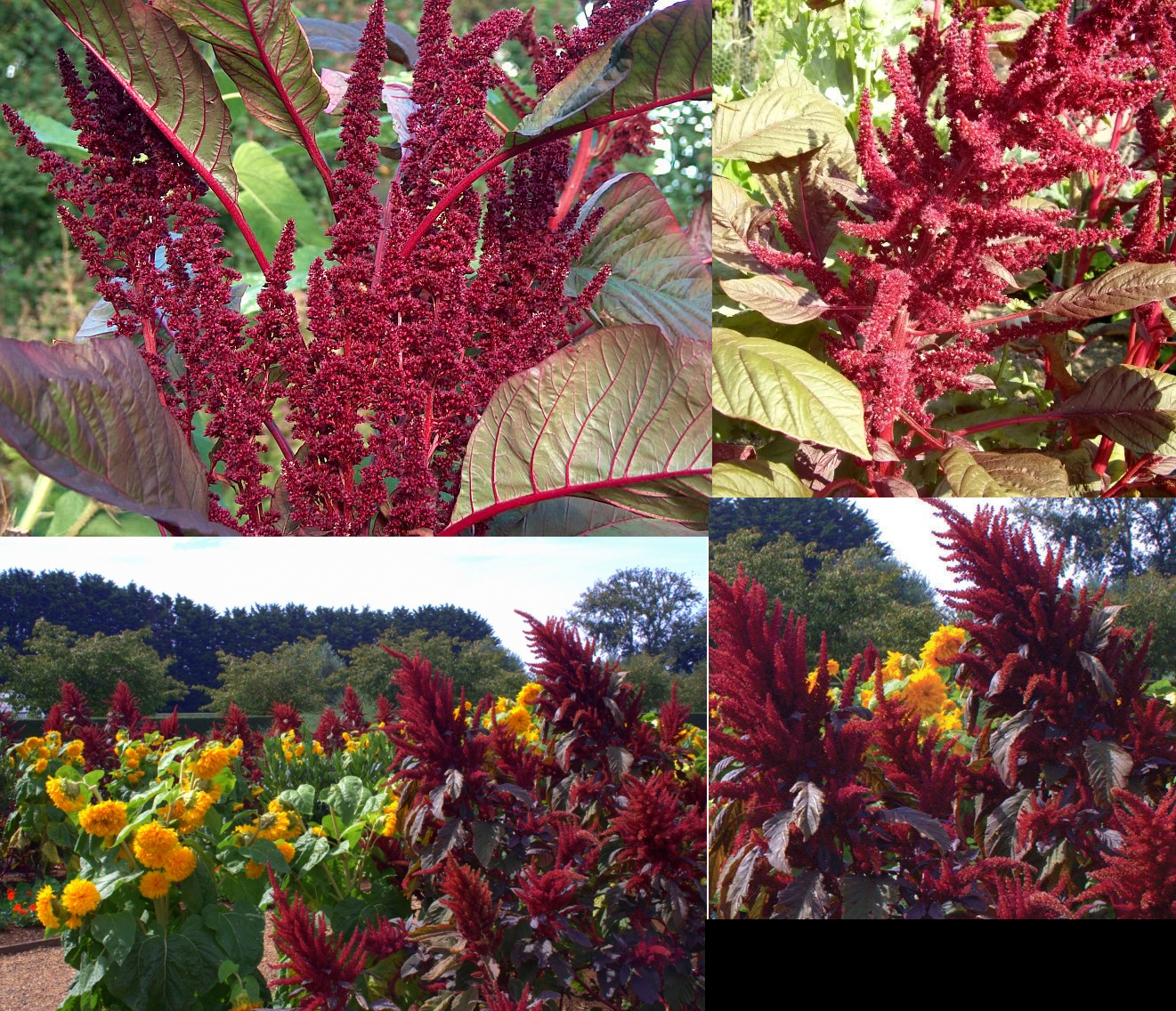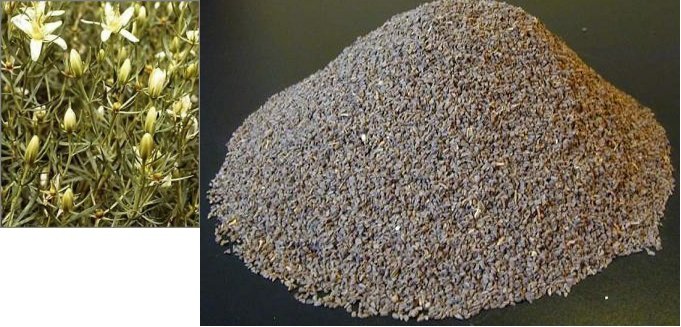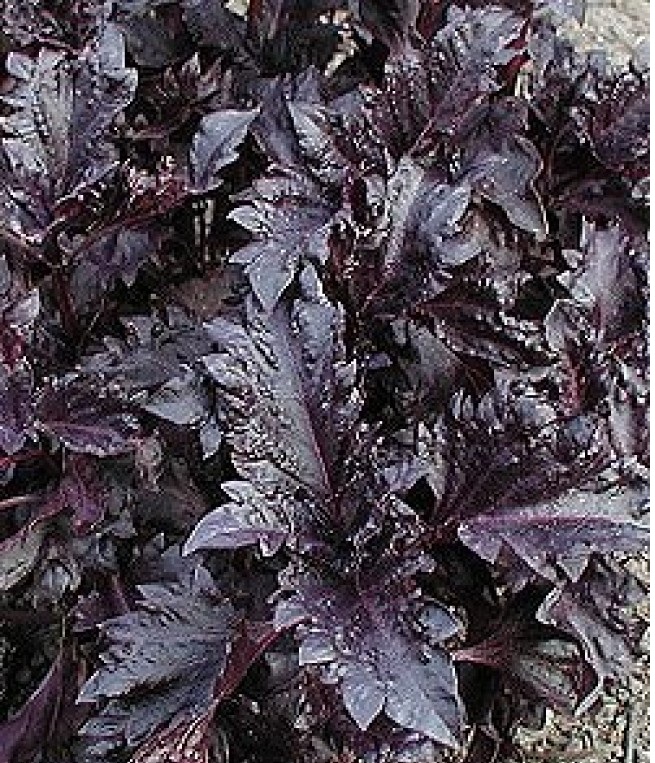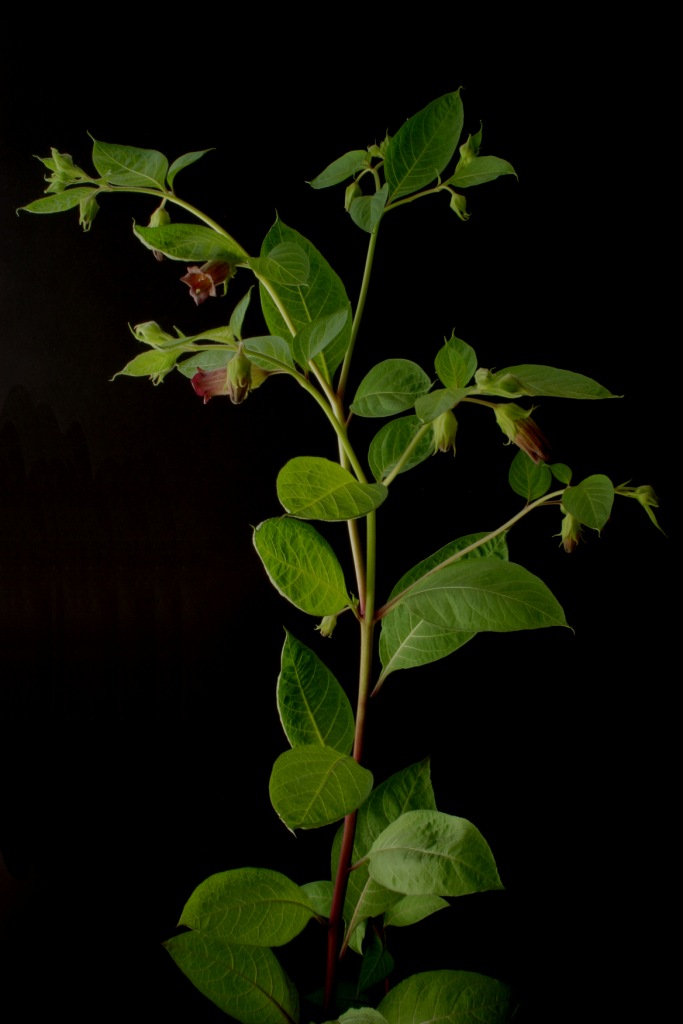Categories
- Annuals2
- Aquatics8
- Basil Seeds5
- Bonsai
- Brew Your Own Beer1
- Cactus Seeds9
- Coffee2
- Dried Botanicals18
- Dye Plant Seeds
- Endangered/Rare
- Energy Boost!!!1
- Extracts3
- Flower Seeds10
- Fruit Seeds
- Groundcover1
- Herb Seeds21
- Mesembs/Succulents1
- Nightshade Seeds1
- Nutritional Supplements2
- Ornamental Grasses3
- Pepper Seeds
- Perennials3
- Pest Control
- Poppy Seeds3
- Tobacco Seeds
- Tree Seeds2
- Tropicals/Exotics3
- Vegetable Seeds3
- Vines/Groundcover
- New Products ...
- Featured Products ...
- All Products ...
Information
Copyright © 2024 West Seed Farm. Powered by Zen Cart





